Learn about disasters in the history of spaceflight and pay tribute to the pioneers of courageous exploration
Since 1961, the world’s manned spaceflight has gone through a journey of more than 60 years. From the first flight of Soviet cosmonaut Yuri Alexievich Gagarin to the first landing of American astronaut Armstrong on the moon, the pace of humanity has gone further step by step. At the same time as the fruitful results, there have been many disasters in spaceflight, and many pioneers have lost their lives as a result, and they deserve to be remembered forever.

The story of this picture illustrates humanity’s endless exploration and curiosity about the universe, and the great sacrifices made to it.
The Apollo XV mission brought a unique statue forever on the moon – the statue left all the great astronauts who died for the moon landing and manned spaceflight on the lunar surface on The Hadley Mountain, which is a unique epitaph for mankind, the hero of this epitaph regardless of nationality, ideology, provenance, cold war in the environment is not easy.
Pioneer TV3 rocket explosion

Pioneer TV3 rocket explosion
Pioneer TV3 is the first attempt by the United States to launch a satellite into Earth orbit. But Providence, on December 6, 1957, at the launch site, the Pioneer TV3 rocket flew only four feet (1.2 meters) off the ground two seconds after launch, and the rocket fell back to the launch pad due to the loss of thrust, and a strong explosion occurred, and the launch pad was also seriously damaged.
Soyuz 1 crash
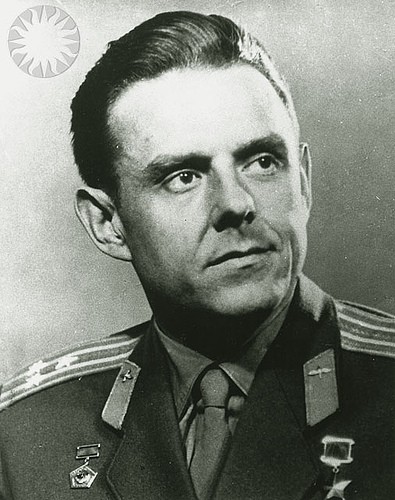
Vladimir Mikhailovich Komarov
The former Soviet Union’s Soyuz 1 spacecraft, piloted by astronaut Vladimir Mikhailovich Komarov, lifted off at the Baikonur launch site at 3:35 a.m. Moscow time on April 23. It is planned that after a day of flight, he will merge in orbit with the subsequent launch of Soyuz 2 for docking. However, after successfully entering orbit, Soyuz 1 failed one after another, first the left solar panels could not be opened, so that the spacecraft could only use half the power to operate the instruments, while the communication system could only be used by spares. On lap 5 of orbit, the spacecraft lost control and Komarov switched to manual control.
Subsequently, the ground instructed him to activate the return thruster on lap 17. After several efforts, the spacecraft was finally about to land, but at landing 10 kilometers above the ground, due to the rotation caused by the ship’s loss of control, the deceleration parachute rope was entangled and could not be opened. At 6:24 a.m. on April 24, the Soyuz 1 re-entry capsule crashed into the ground at a speed of 500 kilometers per hour, and the propeller fuel ignited a fire, making Komarov the first astronaut to die in a flying spacecraft.[1]
The Apollo 4A ground test caught fire

Apollo IV lifted off from Kennedy Space Center Launch Pad 39 and was the first Apollo mission to feature a Saturn V carrier rocket
On January 27, 1967, on the launch site of Kennedy Space Center No. 34, the “Apollo 4A” spacecraft with three astronauts was undergoing a joint ground simulation flight test of manned spacecraft. If this ground simulation test is successful, the three astronauts will take the spacecraft into orbit around the earth. The test was carried out according to the procedure, and when the final countdown was made, the program was suddenly interrupted, the spacecraft’s command module caught fire, and before it could open the hatch, the 3 astronauts were burned to death in just a few tens of seconds.[2]
It was later found that the cause of the fire was a short circuit in the spacecraft’s wires, and the electric spark ignited the plastic products in the cabin. The Apollo spacecraft uses a pure oxygen scheme of 1/3 of the atmospheric pressure, and some plastic products that were originally refractory in normal air have become flammable items in pure oxygen. In addition, the hatch opening time is designed to be 90 seconds, and when the fire occurs, a negative pressure is formed inside the ship, and the hatch cannot be opened in a very short time, whether outside or inside.
Apollo IV was postponed to November 9 for full investigation and adjustment.
Nearly nine hours after the rocket was launched, the spacecraft that achieved its intended goal splashed down the Pacific Ocean. NASA considered the mission a complete success, proving that the Saturn V rocket had lived up to its mission and made solid strides towards its main goal of landing on the moon and returning safely before the end of the 1960s.
Soyuz 11 air leaks

A commemorative stamp issued by the Soviet Union for Union No. 11 in 1971
The space accident occurred on June 6, 1971, when the Soyuz 11, carrying three astronauts, ignited the Baikonur Space Launch Center in the former Soviet Union, and the spacecraft successfully lifted off and entered the predetermined orbit to successfully dock with the space station Salyut 1. The 3 astronauts accomplished several feats in the history of spaceflight, lived on the space station for 23 days, completed more than 100 scientific experiments, and should have waited for them with flowers and honors. However, on the way back from the spacecraft, tragedy struck.
Before entering the atmosphere, the pressure valve of the return capsule was shaken open, the compactness of the spacecraft was destroyed, the air began to escape, the air in the orbital module was all lost in just 30 seconds, the return capsule gradually approached the vacuum, as long as the location of the leak could be found and blocked, the three astronauts could survive, and the design of the crowded return capsule could not operate at all. How can the human body withstand the vacuum environment of the return capsule, the lungs of the three astronauts began to burst first, the body fluids mixed with carbon dioxide and oxygen began to boil, and the blood vessels in the whole body burst, and the scene was very tragic. However, the icy return capsule seemed to be like nothing had happened, landing normally at the designated place, but the 3 astronauts in the return capsule slept forever.[3]
Space Shuttle Challenger disaster

STS-51-L multiplier: (front row from left) Smith, Skoby, McNair; (back row from left) Onizuka Seiko, McAuliffe, Jarvis, Resnick
The Space Shuttle Challenger disaster was a major fatal accident in the U.S. manned space program on January 28, 1986, in which the Space Shuttle Challenger disintegrated 73 seconds after takeoff and killed all seven astronauts. The mission code “STS-51-L” is the tenth flight of the Challenger orbiter and the 25th flight of the space shuttle, which was originally scheduled to deploy communications satellites and study Halley’s Comet during the orbital flight. At 16:39 UTC, the spacecraft disintegrated over the Atlantic Ocean, not far from Cape Canaveral, Florida.[4]
The cause of the accident was the failure of the O-ring used to seal the solid booster on the right side, and the rubber elasticity was greatly reduced by the temperature limit of the record low at launch, and the O-ring sealing effect was greatly reduced. Shortly after takeoff, the high-temperature combustion gas leaked out and burned through the adjacent fuel tank, resulting in disengagement of the end part of the solid booster on the right and structural failure of the outer tank. After the spacecraft exploded, the entire orbiter, including the crew module, was torn apart by aerodynamic force.
After three months of searching, the authorities found the crew module and other parts of the space shuttle on the seabed. The exact time of the crew’s death is unknown, and it is certain that some of the personnel of the Challenger were not dead at the time of the disintegration, but the orbiter design did not have an escape function at all, and the crew module rushed to the surface of the sea at a terminal speed, and it was impossible to survive such a violent impact.
Ariane 5 rocket exploded
On June 4, 1996, the Arian-5 rocket was launched by the European Space Agency at Kourou, France, and the rocket exploded 40 seconds after it lifted off. The Ariane-5 rocket has been under development for a decade, costing up to $7 billion, and this is its first flight. It is estimated that the explosive rocket and the cargo it carried were worth about $500 million.[5]
The Long March 3B rocket exploded

The long march B rocket tilted shortly after ignition
The 1996 Long March 3B rocket launch accident (also known as the “2.15 accident”) was a serious accident that occurred at the Xichang Satellite Launch Center in the early morning of February 15, 1996 Beijing time. The Long March 3B carrier rocket, which carried out the Launch Mission of Intelsat 708, had an abnormal attitude after ignition and takeoff, and after about 22 seconds of flight, it crashed into the mountain and exploded, destroying the stars and arrows, causing 6 deaths, 57 people were injured and hospitalized, more than 80 houses were damaged, and the explosive power was estimated to reach 55.6 tons of TNT explosives.[6]
The post-mortem investigation due to the four-axis platform’s follower ring stabilization loop power stage without current output, resulting in abnormal inner ring work, resulting in a change in inertial reference, and at the same time to the arrow control system output the rocket in positive pitch and positive yaw movement error information; the control system in order to correct the rocket does not actually exist in the positive pitch and positive yaw movement, control the rocket to negative pitch and negative yaw, the arrow body quickly to the intended shot to the right front dump, and finally hit the slope about 1.85 kilometers away from the field exploded, the star arrow lost all.
Columbia

the 7 astronauts
The Space Shuttle STS Columbia OV-102 is one of nasa’s space shuttles. Columbia, the first official aircraft in the U.S. space shuttle fleet, first flew a mission code-named STS-1 on April 12, 1981, officially inaugurating the prologue to NASA’s Space Transportation System program (STS). Columbia lost contact with the control center during re-entry on 1 February 2003 during mission 28, code-named STS-107, and was found to have exploded and disintegrated over Texas shortly after, killing all seven astronauts on board.[7]
Columbia is named after the first American vessel to sail around the world for a week, and is the 18th-century sailing ship Columbia, where the Columbia River is named.
The Proton-M rocket crashed
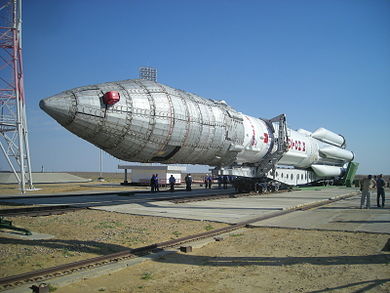
Proton-M rocket
On July 2, 2013, Russia’s Proton-M rocket crashed shortly after launch at the Baikonur Cosmodrome in Kazakhstan, and the three navigation satellites it carried were reimbursed.[8]
Taurus launch vehicle accident
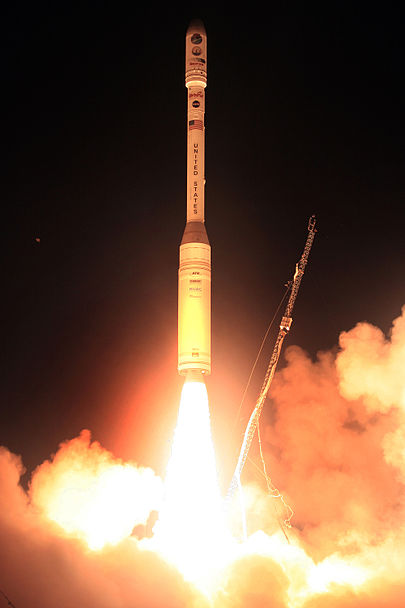
Taurus launch vehicle
The Taurus launch vehicle is a four-segment solid-state launch vehicle, built by the American Orbital Science Company, mainly through the modification of the Pegasus launch vehicle manufactured by the same company, the Taurus carrier rocket has a low Earth orbit payload capacity of 1350 kg. The first launch was dated 1994 and there are currently a total of 9 launches, with 6 successes. Up to three of the last four launches failed, and the next two also cost NASA $700 million. Subsequently, the rocket was also renamed the Minotaur C carrier rocket, mainly due to the application of the aerospace electronic control system that communicates with the Minotaur series of carrier rockets.[9]
References:
[1] Union No. 1 – wikipedia.org Wikipedia
[2] Apollo 4 – wikipedia.org Wikipedia
[3] Union No. 11 – wikipedia.org Wikipedia
[4] Space Shuttle Challenger Disaster – Wikipedia wikipedia.org)
[5] Arian 5 launch vehicle – wikipedia.org Wikipedia
[6] the 1996 Long March 3B rocket launch accident – Wikipedia, the free encyclopedia (wikipedia.org).
[7] Space Shuttle Columbia – wikipedia.org Wikipedia
[8] proton-M rocket rocket – wikipedia.org Wikipedia
[9] Taurus launch vehicle – wikipedia.org Wikipedia

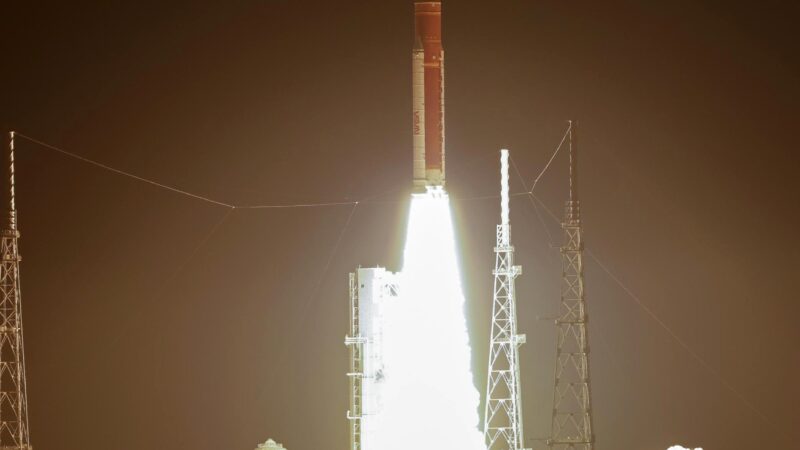

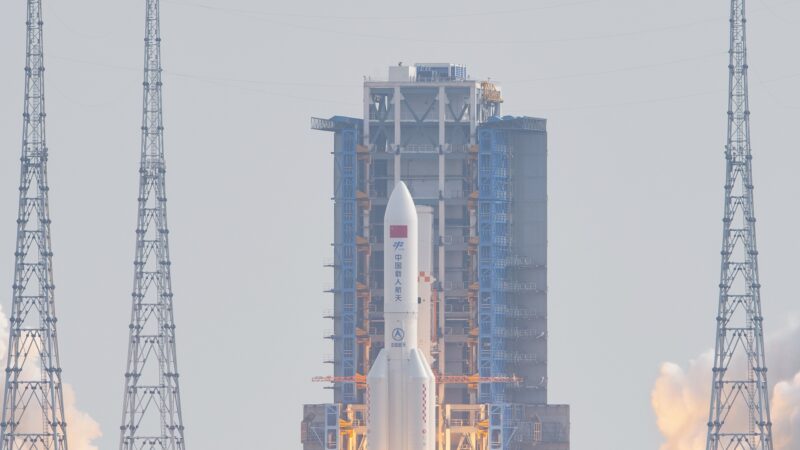
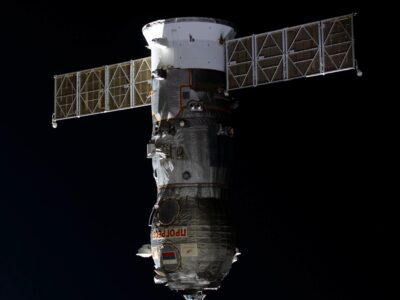
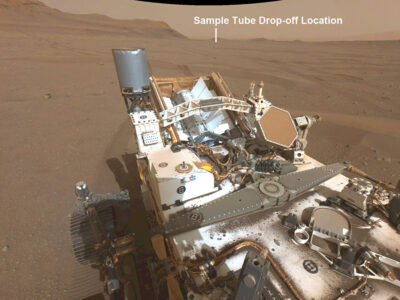
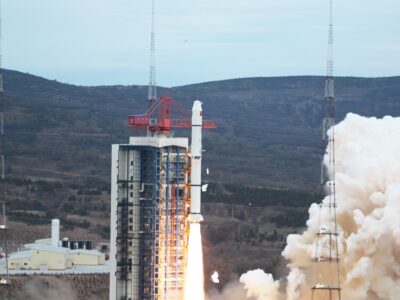
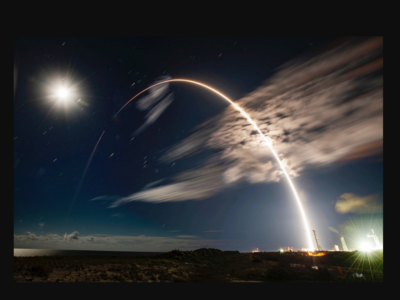



Respect